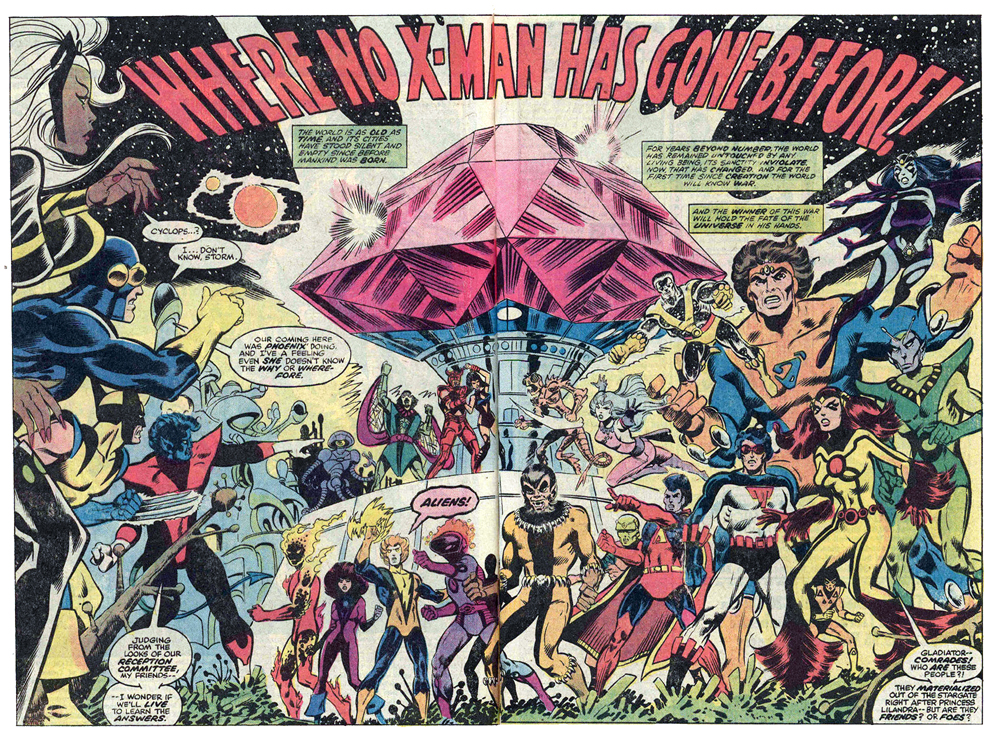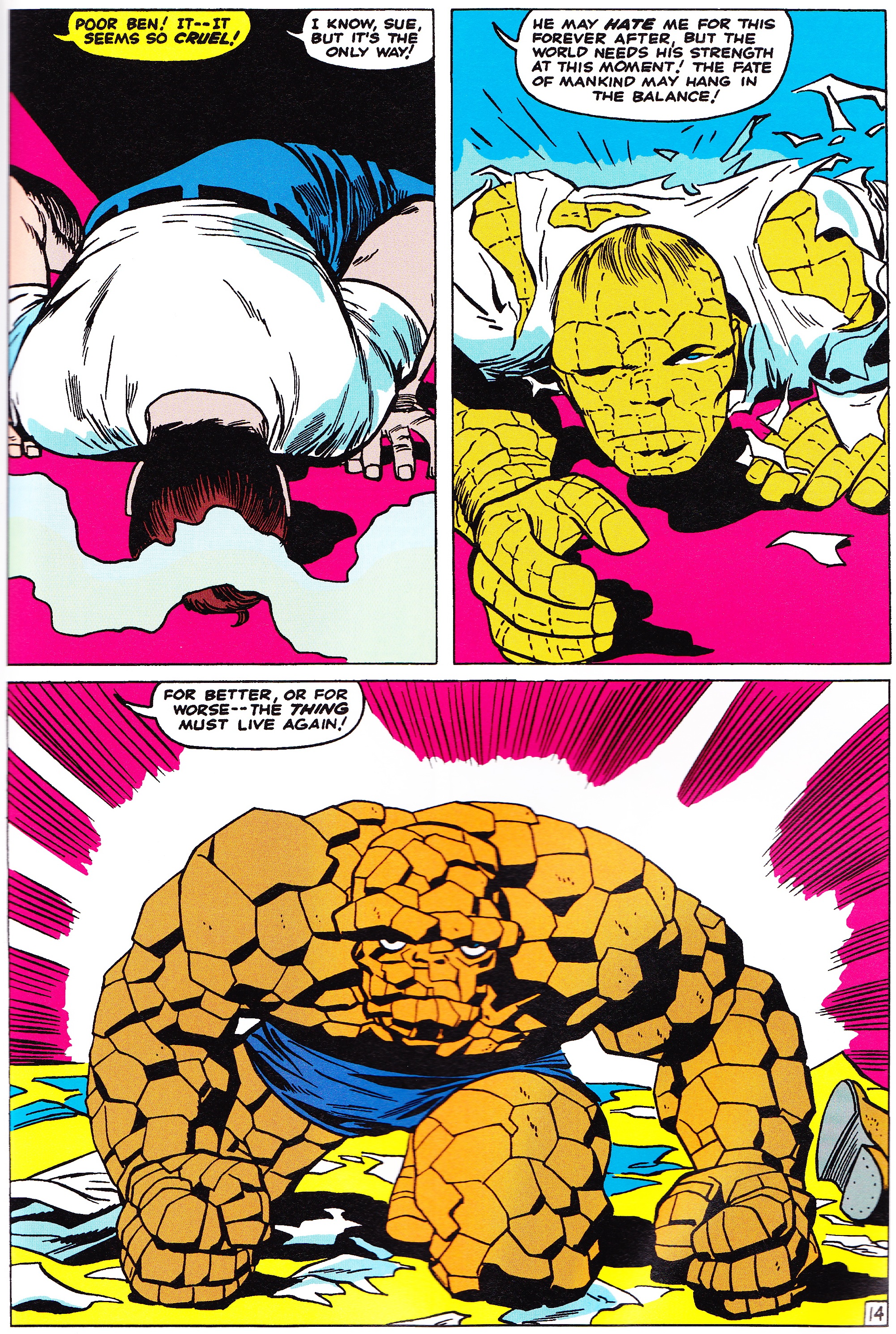What Kinds of Difference Do Superheroes Make?: An Interview of Ramzi Fawaz (Part Two)
/What roles do formal aspects of comics play in your analysis? Is your book primarily about ideological change or does it also help us to understand the visual strategies of comics as a medium? Perhaps one of the greatest pitfalls of comics scholarship has been the tendency to separate formal innovation in the medium from social and cultural context. Some scholars have sought to produce universal theories or concepts for explaining how the formal mechanics of comics function, including the movement and flow of sequential panels, various conceptual uses of “the gutter” (the space between panels), the spatial arrangement of narrative, and so forth. While such efforts are valuable for understanding how the medium works in a broad sense, they cannot explain how particular formal qualities of comics get articulated or linked to distinct ways of knowing, seeing, or understanding the world at particular historical moments (or for specific creative projects).
In other words, it’s one thing to explain how the movement of panels across space conveys the passage of time in a comic strip, but wholly another to show how this movement across space is deployed for a variety of different purposes in different kinds of comics, graphic narratives, or works of art. For example, in action and superhero comics the temporal movements across space might signal speed, intensity, or action, while in a graphic novel about AIDS in the 1980s it might signal the deterioration of the human body under the strain of illness across time.
In my book I stress the fact that comic book creators in the 1960s and after actively articulated the formal qualities of the comics medium to new kinds of values and ideals related to the image of the outcast or mutant superhero: for example, the expanded scale of global and intergalactic adventure these heroes engaged took advantage of the idea central to comics art that anything that can be drawn can be believed. In other words, creators realized that if they presented readers with a massive double-page collage of a distant alien planet, readers would believe it; or if they drew superheroes shrinking to the size of a molecule, that would be believable too.
The ideal of global and cosmic encounter between mutants, misfits, and freaks across all manner of differences then, was materialized through a formal scaling upward of the visual field of comic book art. Similarly, the space between panels, which commonly denotes movement across time, was used to underscore the mutating and shape shifting qualities of this new generation of superheroes: a hero that appeared as an ordinary human in one panel, might appear on fire in the next, invisible, encased in metal, solid rock, or altogether not there.
Creators exploited this visual trope by making the transition between different embodied forms appear ever more strange, vivid, or intense in order to underscore a variety of bodily transformations that were indicative of the diversity of modern superheroes. In and of itself, of course, the ability to visually depict change across the space of multiple sequential panels is nothing new as a formal trope in the comics medium; rather what was new in the 1960s was the linking of that formal trope to particular instances of bodily transformation. I try to highlight these moments to show how form was one vehicle through which creators expressed a new set of values and creative or imaginative ideals to their audiences.
What roles did comics fandom play in tapping into what you are calling popular fantasy? Would these texts have been as significant on their own terms without the larger conversations and debates they provoked amongst fans?
The significance and cultural power that superhero comics had in the late 20th century would have been severely limited without the existence of a vibrant fan community. This is not to say that the comics would not have been popular or subsequently worth studying, but that their public, social, and cultural dimensions would have been intensely circumscribed. Simply put, fan communities made a form of mass culture (the mass produced superhero comic book) into a form of American public culture (a shared object of collective concern involving a range of participants).
By responding directly to comic book content, using their collective influence to transform the ideals and creative innovations of comics, and participating in a variety of public dialogues about the meaning, nature, and value of superheroes and their medium of origin, fans made superheroes matter, both figuratively in the sense of their significance or social value, but also literally by encouraging the actual material production of more superhero stories across time.
I see fans as neither simply the catalysts for, nor the pure consumers of, superhero comics, but as central participants in the production and circulation of the imaginative worlds presented in their pages. Whether or not Stan Lee or Jack Kirby intended to make a statement about feminism when they introduced the character Sue Storm as the Invisible Girl in The Fantastic Four, it was readers who brought the character within the orbit of feminist debates, demanding a more significant presence for the character in the series, disagreeing with those who believed women superheroes were weak or useless, and underscoring the values of gender diversity in comics. Fans allow us to move our attention away from questions of authorial intention towards shared practices of meaning making, which I believe is a far more compelling and substantive way to understand what role comics have played in our culture.
Given the dramatic ideological reworking of the superhero you describe between its origins in the 1930s and 1940s and what it would become in the post-war period, what accounts for the persistence of this genre over time? Why did not the earlier configuration die out as has to a large degree happened to the western or the Musical?
First, I believe superhero stories remain compelling because of the extraordinary range of ways they can be told. The Western and the Musical both had very long lives (and they are certainly not “dead,” though they may have lost their exceptional popularity), but they were often fixed formulas with a limited number of permutations.
Superhero stories are broad because the genre is less defined by a distinct narrative structure than by a figure, a person with unusual or exceptional abilities, who can be placed in an endless set of scenarios. Until or unless we simply cease to have bodies at all, in a rapidly technologically advancing society fantasies of bodily capacity or superhuman ability will continue to be a key site where we imagine, work through, or grapple with both the limits and possibilities of humans’ ability to influence the material world.
At the same time, the specific popularity of the superhero in media like film and television has a lot to do with special effects technology; the mere fact that we can now visualize some of these formerly drawn fantasies as though they were “real life” on screen is one driving force behind big-budget film adaptations of superhero comic book stories. In the golden age of Hollywood musicals, the technical ability to choreograph and film large numbers of people in synchronized dance was one motivation (among others) for producing these films.
The long gap in superhero filmmaking between the original Superman and Batman movies and the more recent film adaptations of superhero stories that started with the 1999 release of the first X-Men film had much to do with the failure of special effects technology to adequately capture the full extent of different superheroes’ abilities. With recent advances in special effects technology that allow for the visual representation of such abilities, these movies have exploded in popularity.
At the same time, during an extended period of intense national crisis, it makes sense that a figure that can easily be articulated to physical and military power has taken a hold on the American imagination. Since so many of these movies are quite literally expressions of technological power—the power to represent superhuman power itself—they often jettison the egalitarian political values of their comic book counterparts for epic stories of Manichean conflict between superhuman champions. They are essentially fantasies of technological superiority in a chaotic world.































